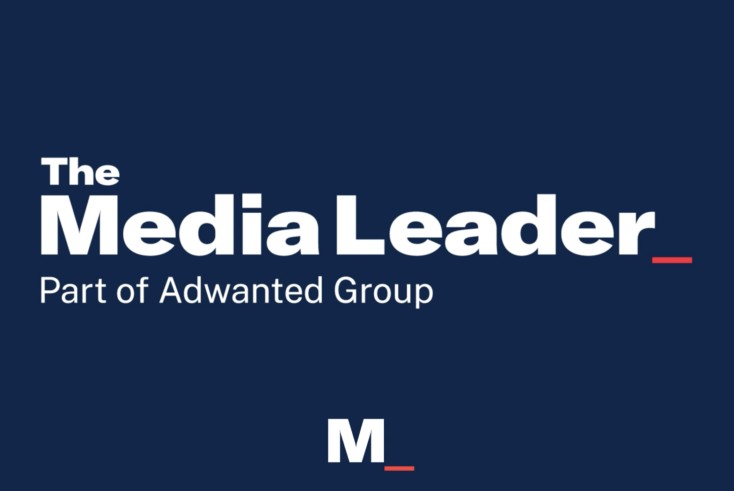Digital Radio Development Bureau Forms, Medium Set To Be Market Leader By 2015

A Digital Radio Development Bureau has been formed to accelerate the roll-out of the new medium. The news was announced as radio industry figures met to discuss the challenges of the market at Marketing Week’s Digital Radio conference yesterday.
Analogue radios in the UK currently top around 200m while digital penetration lies in the region of tens of thousands, according to Phil Riley, chief executive of Chrysalis Radio, which owns digital licences as part of the MXR consortium. Highlighting the advantages of analogue, he pinpointed consumer understanding of the FM/AM concept and their tolerance of low technical standards.
As a medium its days are numbered however, the AM waveband losing more and more listeners each year and FM now overcrowded with services. Digital radio, on the other hand, opens up bandwidth for new and greater choice of services, offers quality transmission and the ability to push data and interactive opportunities.
While all three of these advantages are beneficial to the public, none of them have so far proved sexy enough or accessible enough for them to be taken up in large numbers. High costs and insufficient marketing have played their part, but, as Simon Nelson, controller of new media at BBC Radio and Music, pointed out, the SMS phenomenon took off with no prompting from marketeers.
It will be the job of the DRDB, then, to create a similar phenomenon around digital radio. The question for advertisers is when will this happen?
Forecasts by consulting firm, Indepen, on behalf of MXR, anticipate 58% home reach and 67% car reach by 2013. At this point MXR calculates digital share to take 27% of all listening while Digital One puts the figure at 40%.
Following this period digital will move to become market leader between 2014-16. A £200 digital radio set is expected to be available to consumers by Christmas 2001, hoping to push penetration past the early adopters stage in the nest couple of years.
With mass market appeal predicted so far in the future, why should advertisers get on board at this stage?
Steve Cray, head of digital sales at Opus, was on hand to answer this question. Defining himself as the world’s first digital radio salesman, he highlighted the benefits for advertisers to take first mover advantage. With no audience research into the new medium so far and little understanding of its advantages for advertising, opportunities so far are rare, but he insisted revenue models currently exist.
The niche audience factor plays a big part in the new medium. For the first time radio can reach consumers through their core interests. While this may lead to fragmentation, the ability to target specific audiences is a valuable asset for an advertiser.
Teenage chart station Core was home to the world’s first audio and data campaign when it launched in November 1999. GWR group also launched a successful SMS request service on the station last year, allowing listeners to request a song and receive an email or SMS informing them when it was due to be played. The station received some 25,000 messages during its first weekend.
Both campaigns allowed GWR not only to create new advertising opportunities but also to build a database of its audience, forming further viral networking opportunities for the future.




